Let’s take a small step back: before I moved to Ireland, I lived in a studio flat without a garden (apart from a communal lawn) so I worked as a volunteer at a community garden nearby. There I learned a bit about gardening and gave a hand trimming overgrown shrubs, turning compost and watering young trees.
I also did some volunteering at the community garden in London’s King’s Cross (the “Skip Garden”) and it was such a fun experience. Over the years the space has become a hub for many events and initiatives to engage people of all ages and all abilities.
In Ireland, I have two small gardens: one at the front of the house and one at the back. At the front I am growing mostly flowers and a few small trees. At the back I am growing vegetables, mostly unsuccessfully.
The soil in my area
One thing I was not prepared for was the soil where I live, in the middle of Ireland. The Midlands are in part boglands, some of which have been turned into wildlife reservations.
Bogland soil is dark, heavy, thick, water-retentive, acidic and clumpy. In a nutshell, it’s peat.
As it rains so much in Ireland, it’s a slug-fest in the garden, with delicate seedlings not standing a chance to survive, getting eaten almost immediately by pests.
I am not sure about the soil in my front garden, as it was covered with gravel, which I didn’t remove, and underneath it I have found plenty of building rubble. It is also full of bindweed, which tends to strangle plants, horsetail, lots of dandelion and herb Robert.
Here are some pictures of my front garden (I even managed to win an award!).

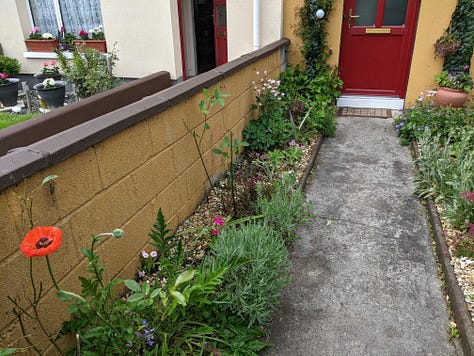

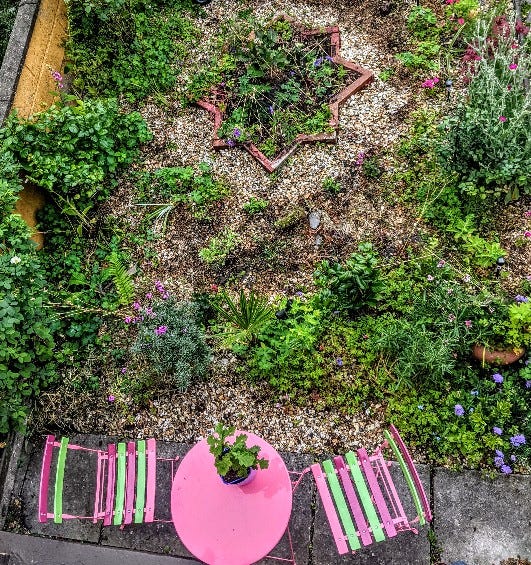
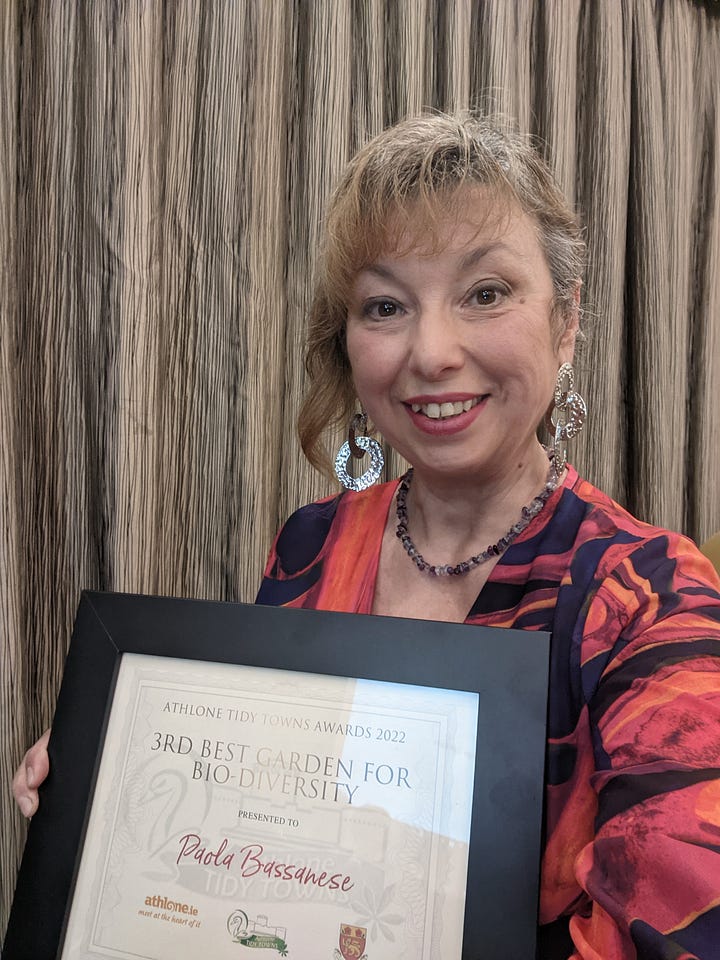
What I managed to grow in my front garden
My front garden is purely decorative and my aim is to not only cheer me up when I look out of the window, but also to cheer passers-by as they walk along my street.
So far, the plants that have survived constant rain, pests, bindweed and sometimes my negligence are:
roses, which were already there,
bluebells,
rose campion,
aquilegia,
stocks,
carnations.
I used to have some lavender shrubs but they didn’t enjoy the rain as they prefer dryer weather. They also became woody very quickly and they didn’t look great. Most of them didn’t survive a harsh winter coupled with my lack of effort. Unfortunately the scented sarcococca (sweet box) that I planted didn’t survive the winter either.
Two plants that I bought that I am very proud of because they are thriving in my front garden are a jasmine and a windmill palm (Trachycarpus fortunei). They add a lovely jungle vibe and the jasmine, in particular, does a great job at covering the downpipe going from the roof to the ground.
What I have grown in my back garden
The back garden has been the site of constant experiments.
Starting with my failed attempts, these are the vegetables that I wanted to grow but the soil and environment simply weren’t right for them:
spinach
carrots
artichokes
pumpkins
cucumbers
courgettes.
The vegetables I have managed to grow so far are:
purple sprouting broccoli
peas
rocket
spring onions
garlic
broad beans
potatoes
Jerusalem artichokes.
What I’ve learned so far
Plants only thrive in the right environment: because I don’t have a greenhouse, the number of vegetables and other plants I can grow is limited.
For example, as much as I love tomatoes, I have accepted that I can only grow them on a windowsill indoors, and even then only a few varieties will do well, mostly cherry tomatoes.
Talking of growing vegetables indoors, I have also tried cucumber, courgettes and even chickpeas. What tends to happen is that I can get a reasonably-sized plant but the light levels are not enough so after a few small flowers there are no fruits or they only get to a few millimeters long.
Getting the right seeds
I’ve noticed that sometimes the seeds you buy in shops may be old. I used to blame myself for many failed germinations, but in the end the quality of the seeds you get is so important.
One way I have secured some good quality seeds is through seed swaps. I have attended a few events but also swapped seeds by post. It’s a great way to save money and also to get seeds that are better adapted to your environment, weather and soil conditions.
In my next (premium) newsletter I will share about the renovations I have done in my house so far with costs.




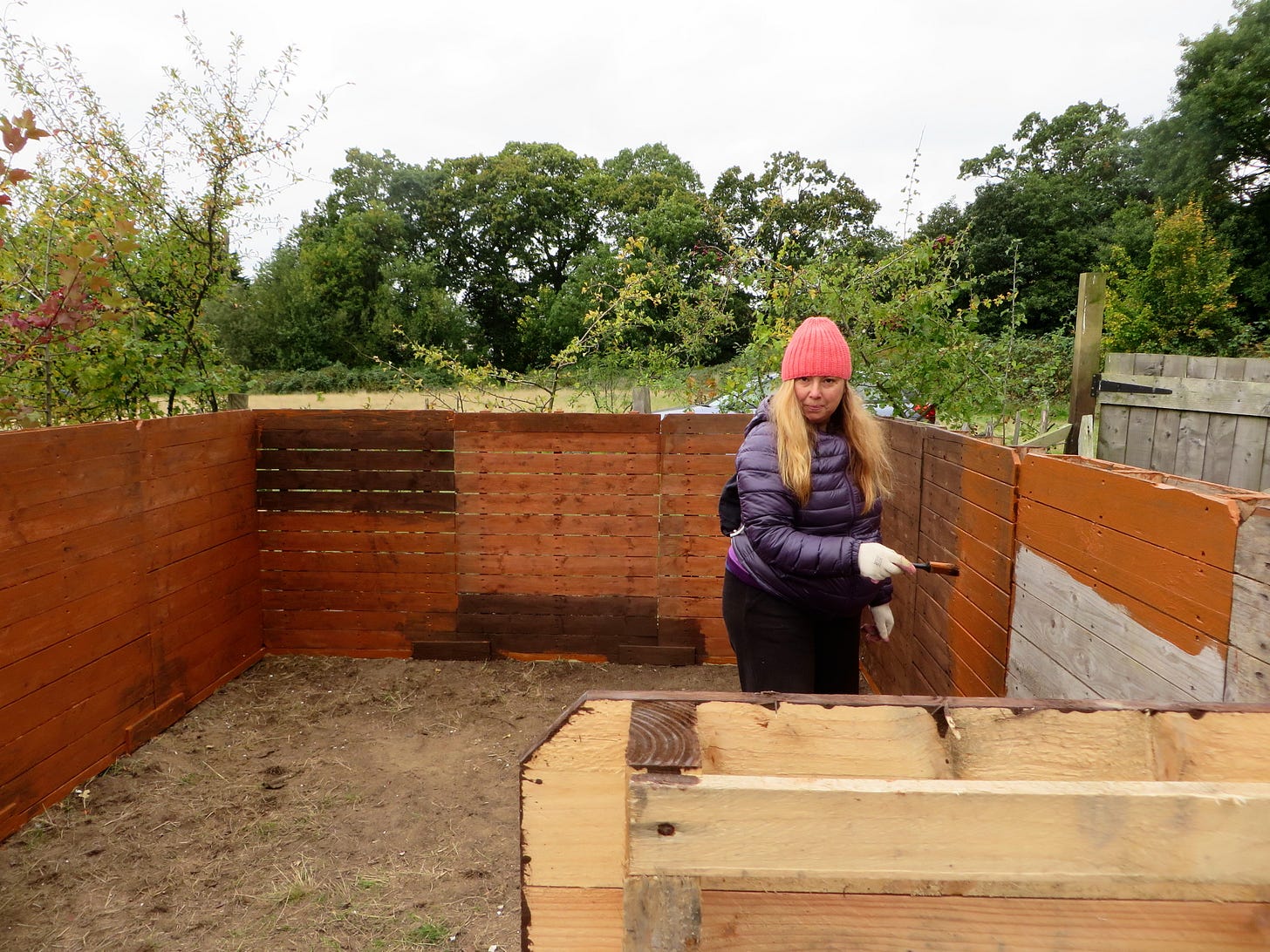
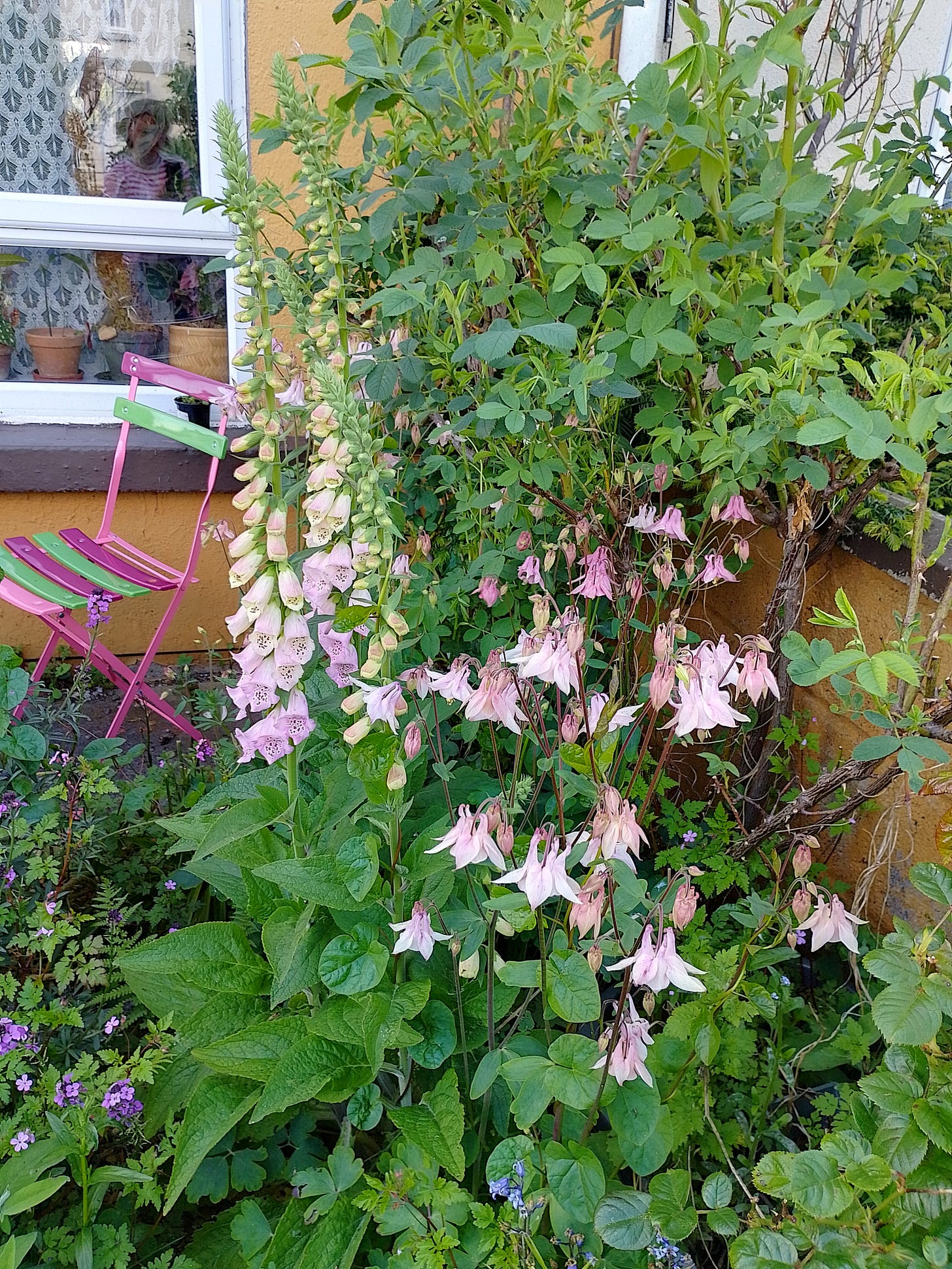
That’s a pretty garden.
Che bello! Un vero piacere sentirti raccontare le tue esperienze di giardinaggio e orticoltura domestica. Delizioso da leggere e ascoltare anche per chi, come me, non ha un giardino.
Buon lavoro!